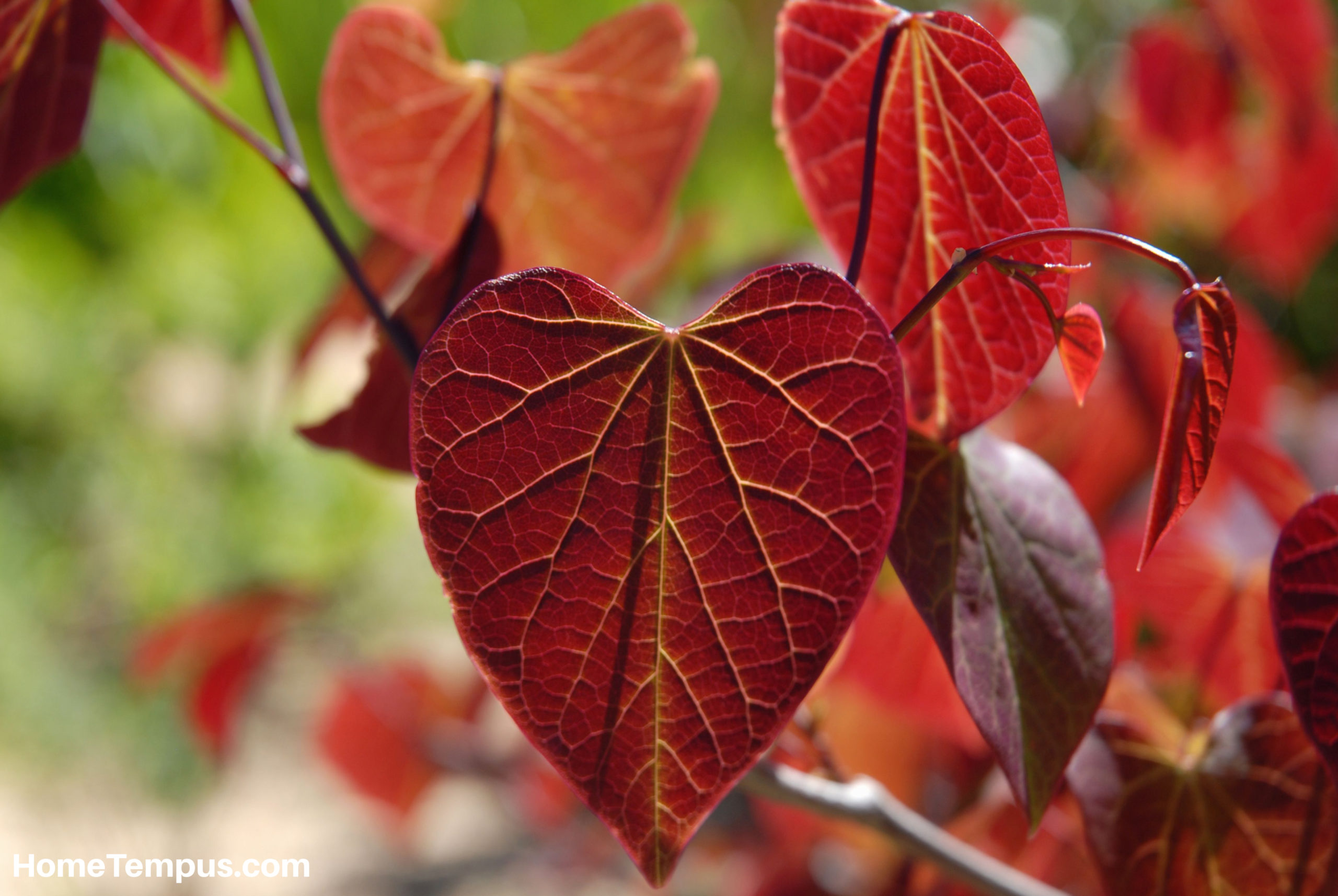Cucumber leaves turning yellow are probably the scariest thing I experienced as a newbie gardener, well, except for weeds popping up overnight.
However, after talking to numerous experts and lots and lots of research, I realized that seeing cucumber leaves turning yellow shouldn’t be a cause for panic. However, that doesn’t mean they will just fix themselves either.
Cucumber Leaves Turning Yellow | Causes
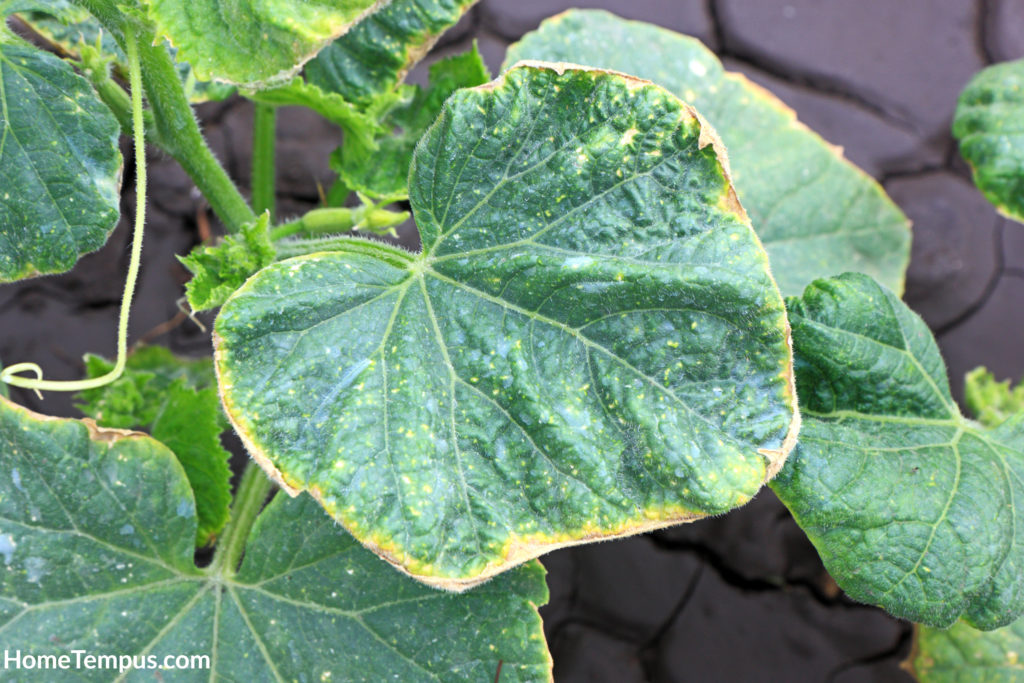
With a little bit of work and investigating several possible causes, it’s pretty easy to diagnose and solve most potential issues.
Some of the common reasons cucumber leaves turn yellow include diseases, pests, and problems with the soil, water, or lack of sunlight. Let’s break each one down and unpack ways to solve the issues.
Diseases
Cucumber Mosaic Virus
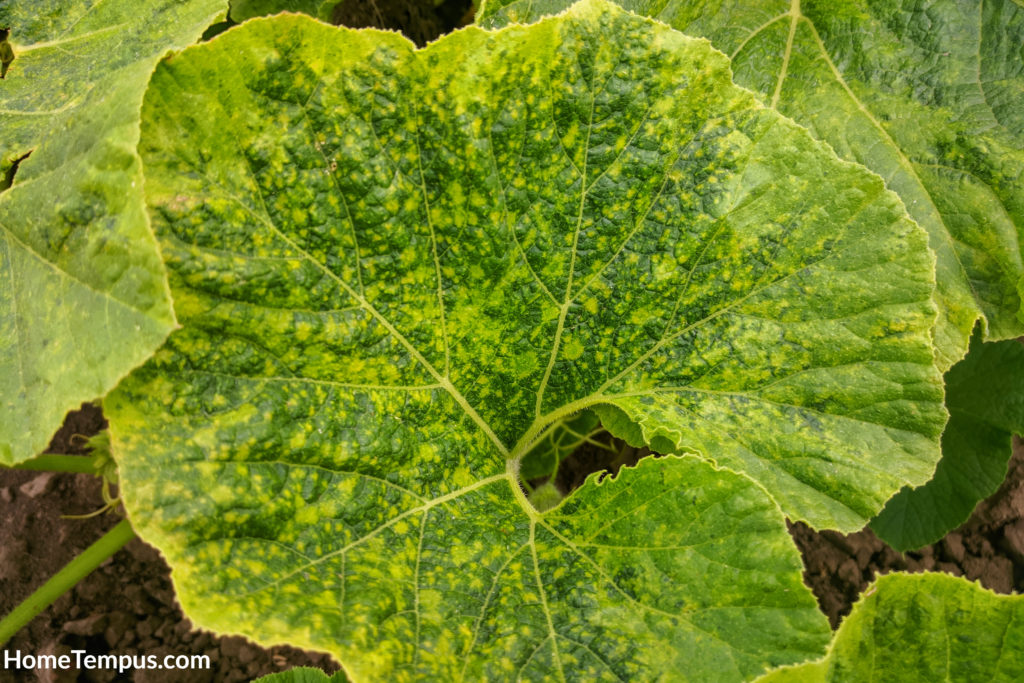
To figure out what’s wrong, inspect the pattern the yellow part is making; if it looks like a mosaic or freckles across the leaves, then you may be dealing with the cucumber mosaic virus.
The disease is usually spread by aphids. Unfortunately, it spreads like wildfire, so it takes only a few hours before all the plants around it are also infected.
Even more heartbreaking is that the only way to eliminate the virus from your garden properly is to remove and destroy all affected plants and weeds.
Please note it can stay alive in the soil, which could affect future plants, so make sure to properly treat the plants and be very careful about what you replant in the area.
Fusarium Wilt
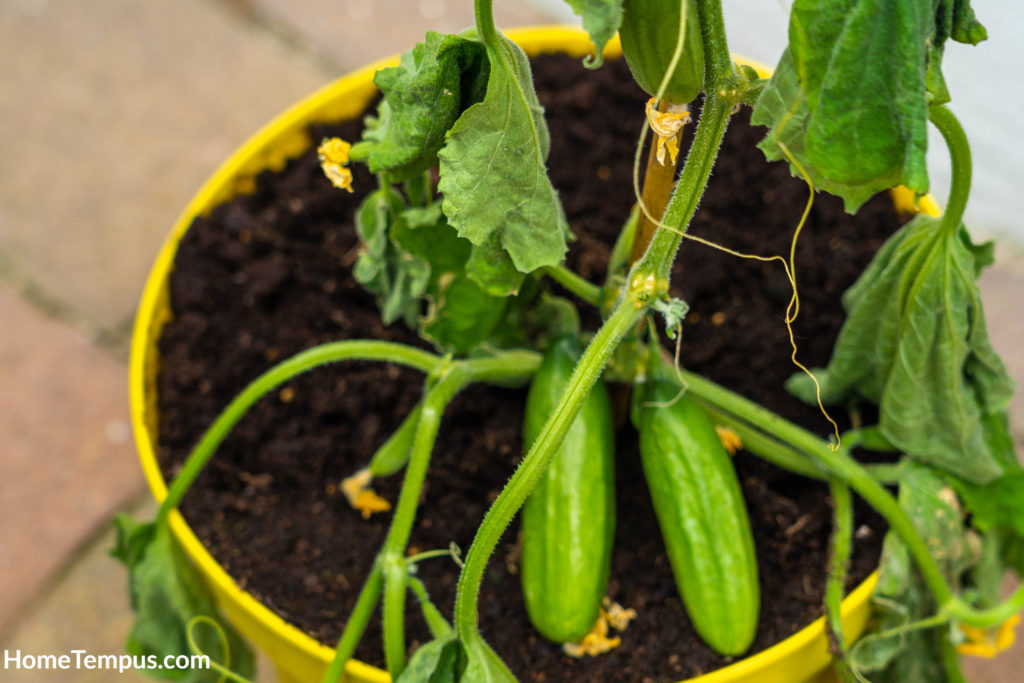
The next disease to be on the lookout for is actually caused by a fungus. It is known as Fusarium Wilt or scientifically as Fusarium oxysporum f. sp. cucumerinum.
The fungus spores can live for long periods in the soil and in any plant debris. This disease directly affects the vascularity of the plant.
You will notice the leaves of older plants turn yellow before stunting then wilting. Once the plant begins to wilt, it only has about three to five days before it dies.
The only way to stop it from spreading to other plants is to remove the affected plant and dispose of it carefully. Unfortunately, there is no way to prevent Fusarium wilt as it can attack at any stage of the plant’s growth.
Downy Mildew
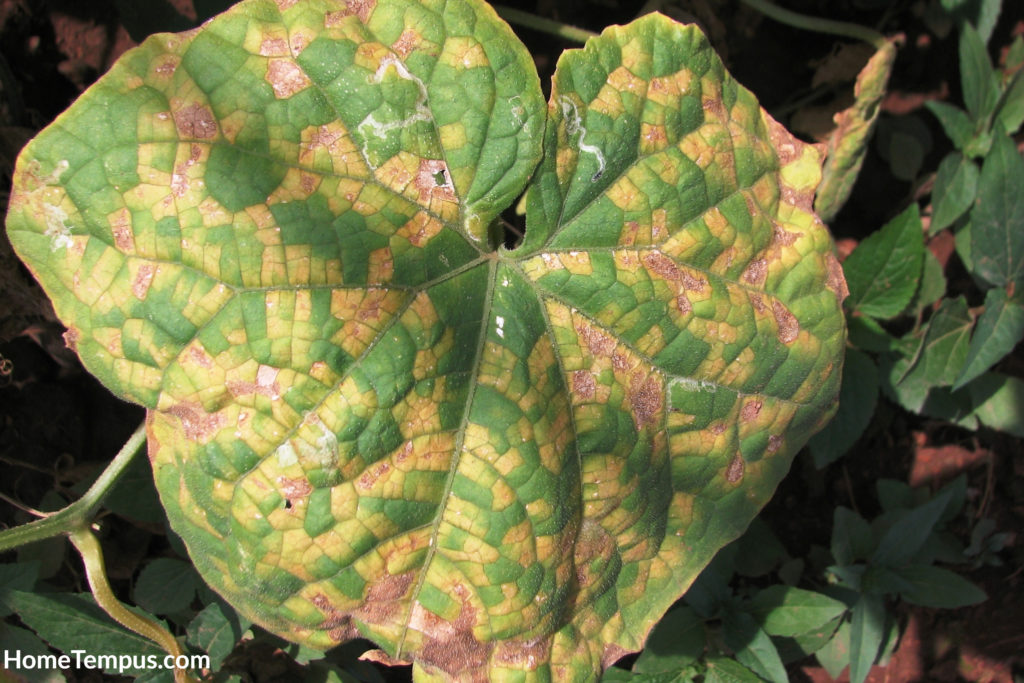
The last disease to be on the lookout for is Downy Mildew. This pathogen which is caused by pseudoperonospora cubensis, thrives in wet and humid conditions where cucumbers tend to grow best.
A sure-fire sign of downy Mildew is yellow spots appearing on cucumber leaves. The spots will eventually turn the whole leaf brown. Usually, the marks are not rounded and may look more like tiny squares.
At least this is one disease that won’t stick around after the plant dies or is removed. It can only survive on living plants and will die with it. Thus it is also relatively easy to avoid and treat.
Opt for varieties of cucumber that are known to be resistant to the pathogen. When planting, make sure the plants have enough space and airflow to avoid them becoming damp breeding grounds for downy Mildew.
Keep a fungicide on hand and use it as soon as you spot the first signs of infection. If you catch it early, you only need to remove the affected part of the plant.
Pests
Moving on from diseases, pests are the next common cause of cucumber leaves turning yellow. There are many different pests that love munching on cucumbers, but the following are the main culprits for causing yellow leaves.
Spider Mites
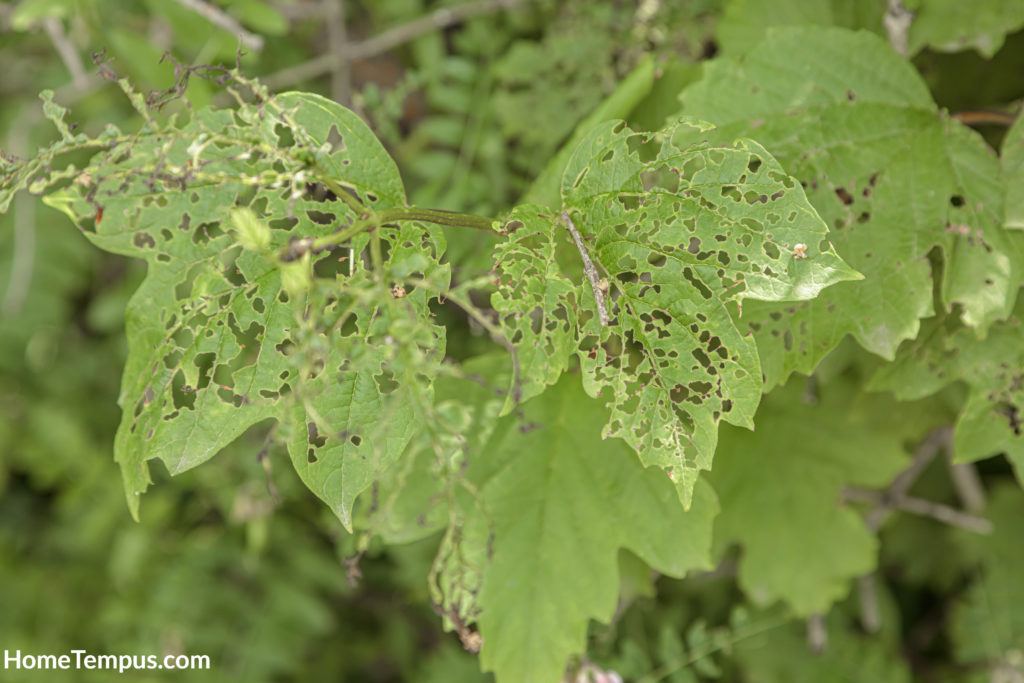
Regardless of their stage in life, Spider mites will wreck your cucumbers. The mites suck the sap out of the leaves, leaving them damaged and starved.
An excellent way to spot if they’re sucking your cucumber leaves dry is to look for thin silvery web-like structures underneath the leaves. You are most likely to find these yellow or dark red mites destroying your garden when the weather is hot and dry.
The spots they suck on the leaves will result in small dots appearing on the leaves; as they feed more and more, the leaves will turn yellow before drying up and falling off.
There are a number of ways to avoid this pesky creature stealing your summer salad before it grows. Start by ensuring the garden is not dusty or dry. Then mix a concoction of clove, garlic, neem, and rosemary essential oils diluted into water and spray all the cucumber plants.
To treat active infestations, use insecticidal soap and remove leaves that are too close to the bottom of the plant. Also, remember to always use row covers at the beginning of every planting season.
White Flies
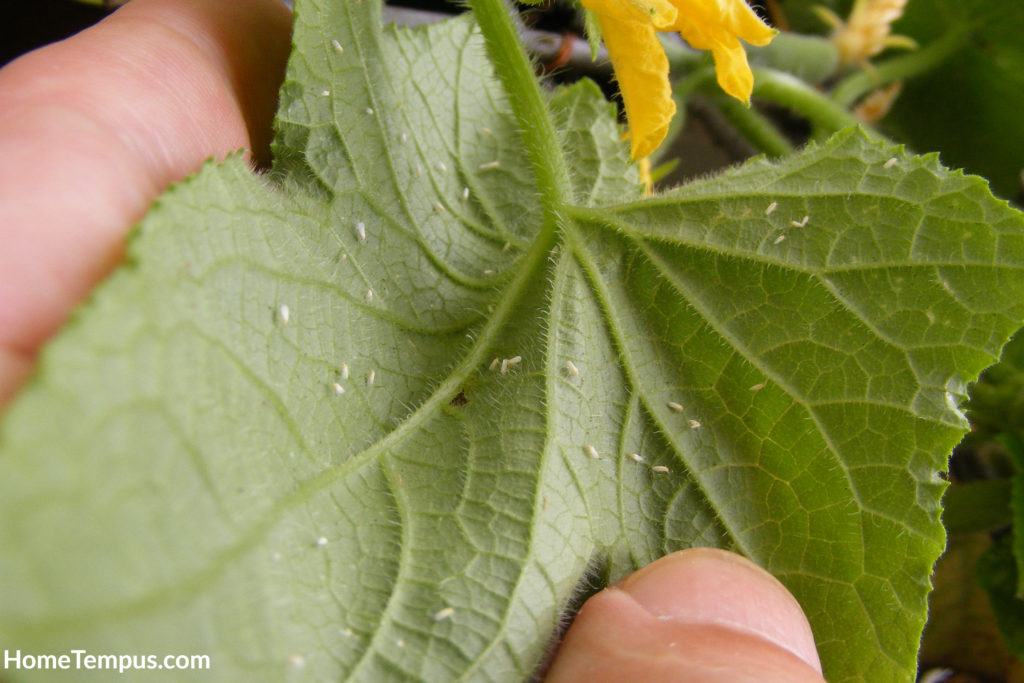
Did you know that whiteflies moving onto your plant can result in yellow cucumber leaves? No? Well, now you know.
In fact, several species of the pest are known to aim for cucumbers, with the most destructive types being the Greenhouse and Silverleaf varieties. These little critters hide under your leaves and once again such them dry.
To avoid infestations, make sure to shake them every once in a while and use row covers. Another great idea is to use reflective mulches.
Remember never to plant cucumbers when whitefly infestations are rising in the area. The best way to treat a growing infestation is to remove the infected plants and their residents, place them into a sealed bag, and then dispose of them carefully.
Aphids
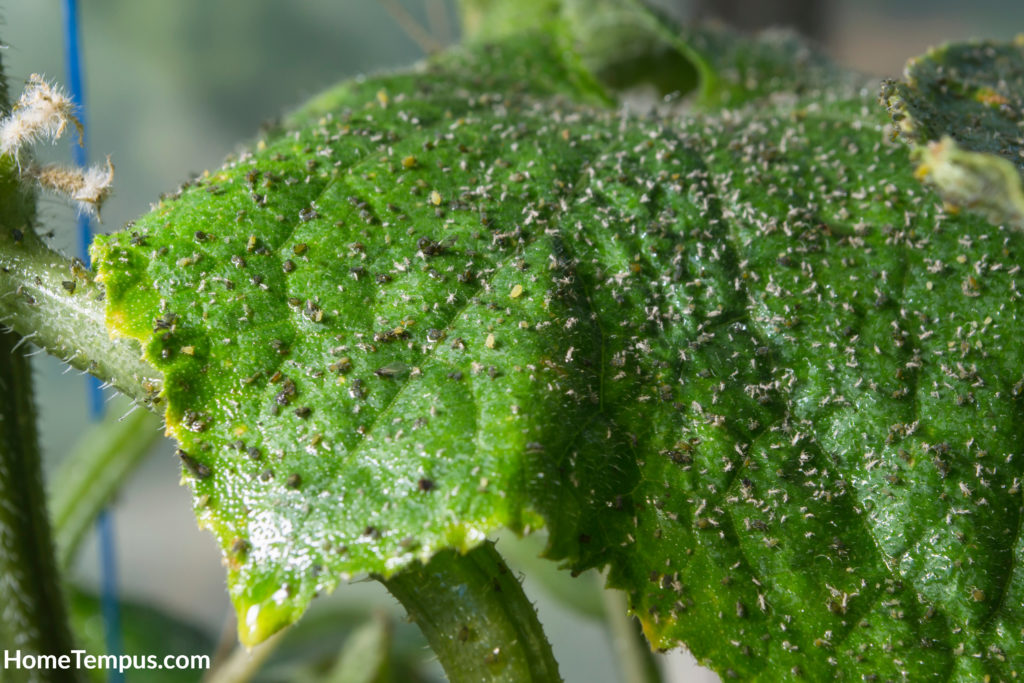
The following small but destructive bug to look out for is the Aphid. Causing stunting and mottling, the tiny oval-shaped insect uses its long mouth to draw fluid out of the plant.
Terribly hard to control, Aphid outbreaks will wreak havoc on your crop. To tell if aphids are eating their way through your Cucumbers, check to see if the leaves are bending downwards at the edges.
Once you know, they’re on the leaves, hit them with a blast of high-pressure water to get them off, then spray neem oil onto the leaves with special attention to the underneath of leaves.
Alternatively, use insecticidal soap or introduce their natural enemies into your garden. This includes ladybugs and brown lacewings. Finally, make sure you aren’t planting near the woods, there are no weeds, and avoid nitrogen fertilizer.
Potato Leafhopper
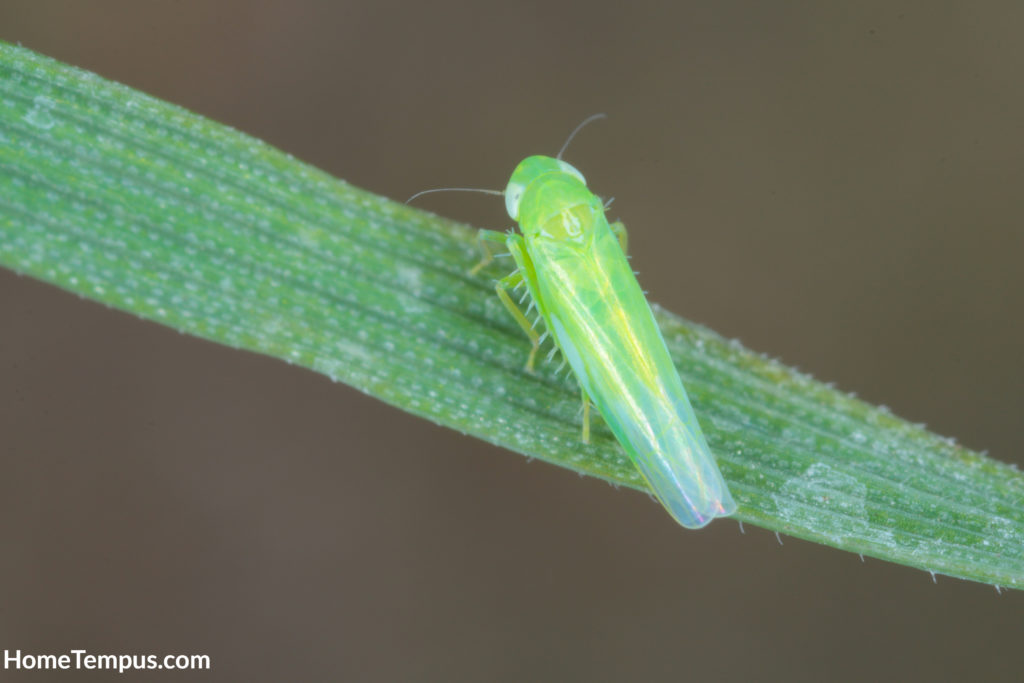
Lastly, the Potato Leafhopper is your biggest foe, both literally and figuratively, when you plant cucumbers. Like other pests, they’re after the delicious sap in the leaves of the plant. However, they have the most destructive approach to getting it.
Potato Leafhoppers inject watery saliva into the leaves, causing them to turn yellow and eventually drop off. I highly recommend investing in some good quality insecticide and row covers for your cucumbers.
Kill two pests with one throw by introducing the likes of ladybugs, and lacewings and make sure you dispose of all dead material carefully after every growing season.
Water
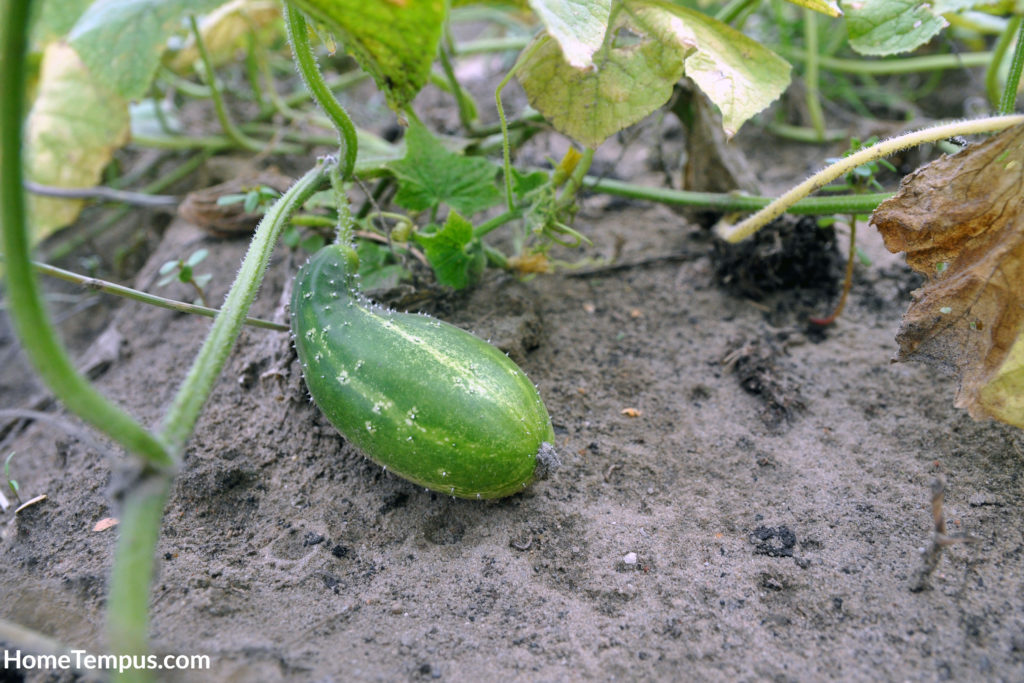
If you’ve managed to rule out diseases and pests firmly, then it’s time to explore options like water issues. If your cucumbers aren’t getting enough water, the color of the leaves will begin to change and look odd.
Set up a regular watering schedule to avoid this. Make sure they are getting at least 1 to 2 inches of water every week. However, that said, also make sure they have good drainage because you do not want to drown your cucumbers.
Drowning them means the roots have no oxygen and cannot breathe. This often causes leaves to wilt and turn yellow. On the flip side, if it is underwatered, it can also cause the cucumber leaves to turn yellow.
Recommended Reading
Soil Nutritional Deficiency
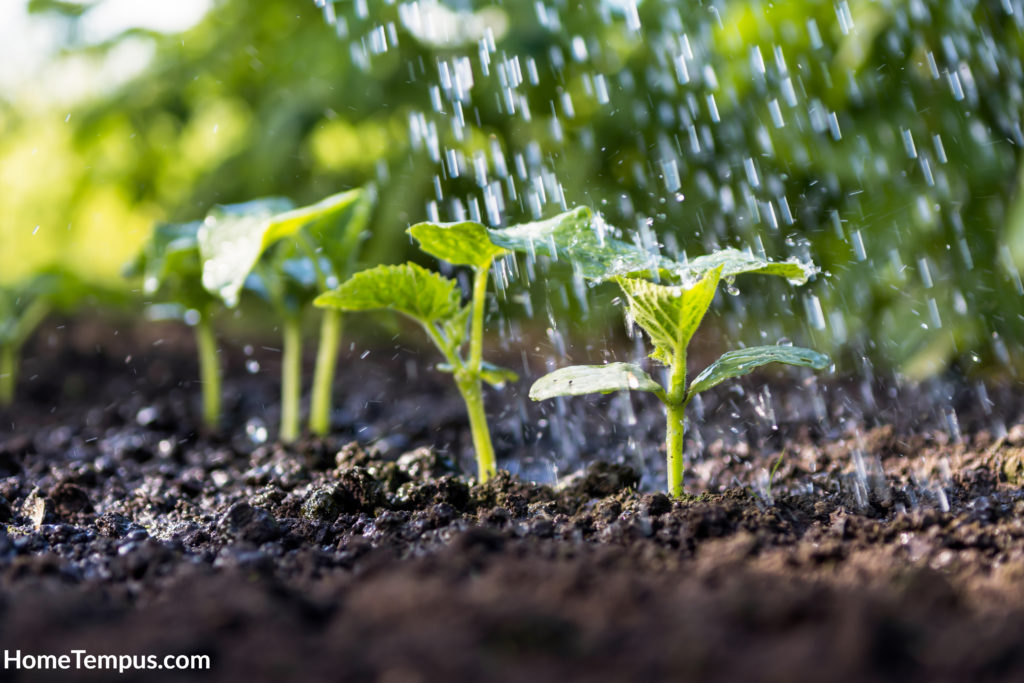
We all know that the most essential part of gardening is ensuring you have rich and fertile soil for your plants to prosper. So if all other causes of yellow leaves have been ruled out, it’s time to take a long hard look at your soil.
I highly recommend doing regular soil analysis and tests to ensure it is where you need it to be in terms of nutritional content. Fixing deficiencies is super easy as you can simply buy the fertilizer made for the specific nutrient that is lacking.
Nitrogen Deficiency
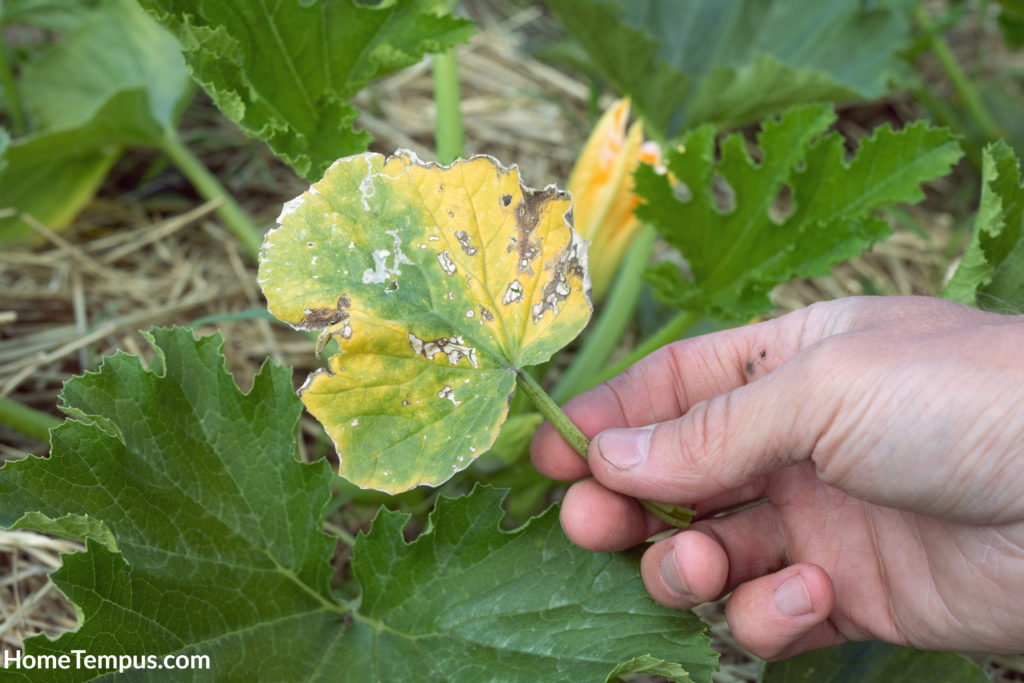
The most common soil issues that cause cucumber leaves to turn yellow is nitrogen deficiency. Since Nitrogen is needed for the plant to grow and produce leaves that are healthy, it’s easy to guess that if the leaves are dying, your plants may need Nitrogen.
To add Nitrogen back into the soil, simply add a few tablespoons of fertilizer that has a ratio of 5-10-10. If the plant is already flowering, you could add a tablespoon of ammonium nitrate every three weeks. Also, consider adding compost to the soil.
Potassium Deficiency
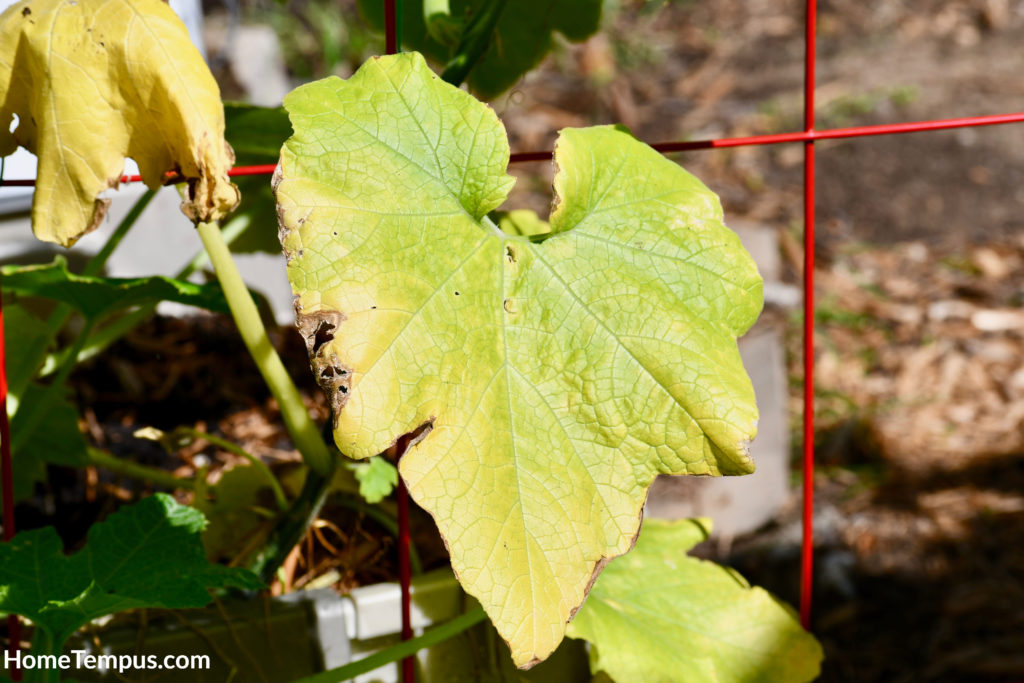
As cucumbers start flowering, they also need more potassium. When a plant is lacking in potassium, the cucumber leaves turn yellow around the edges. Simply introduce a balanced fertilizer to fix the deficiency.
Iron Deficiency
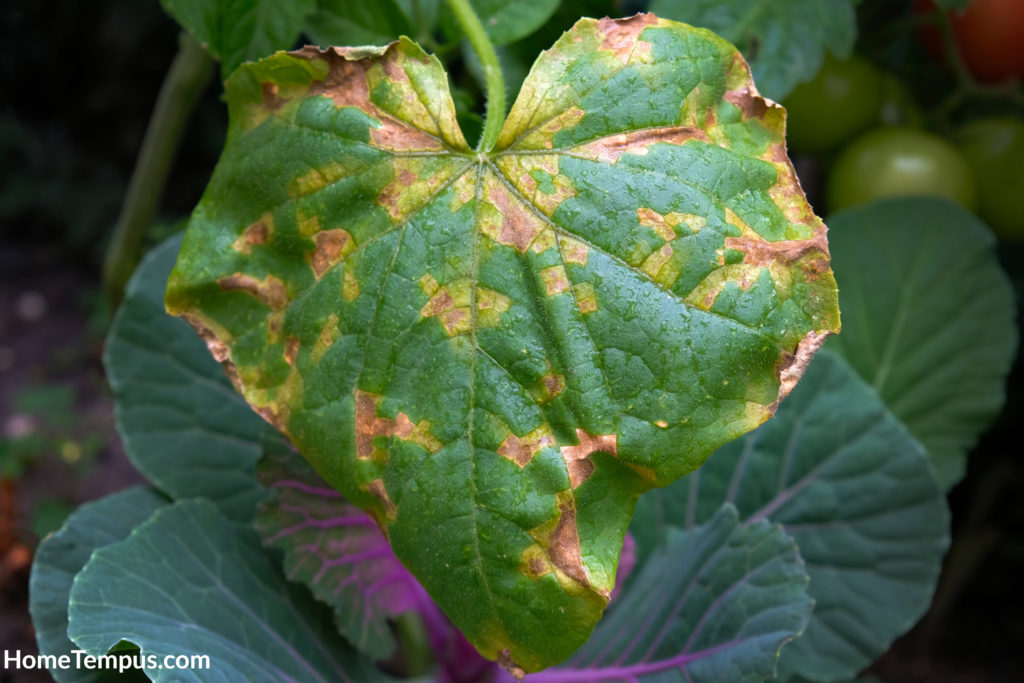
If your cucumber leaves have turned yellow but still have green veins, then it’s screaming for more iron. An iron deficiency can be fixed in two ways.
You can either spray the leaves with liquid iron or add granular iron to the soil. However, if your granny is anything like mine, she’ll probably tell you to just stick a nail in the sand next to the plant.
Lack of Sunlight
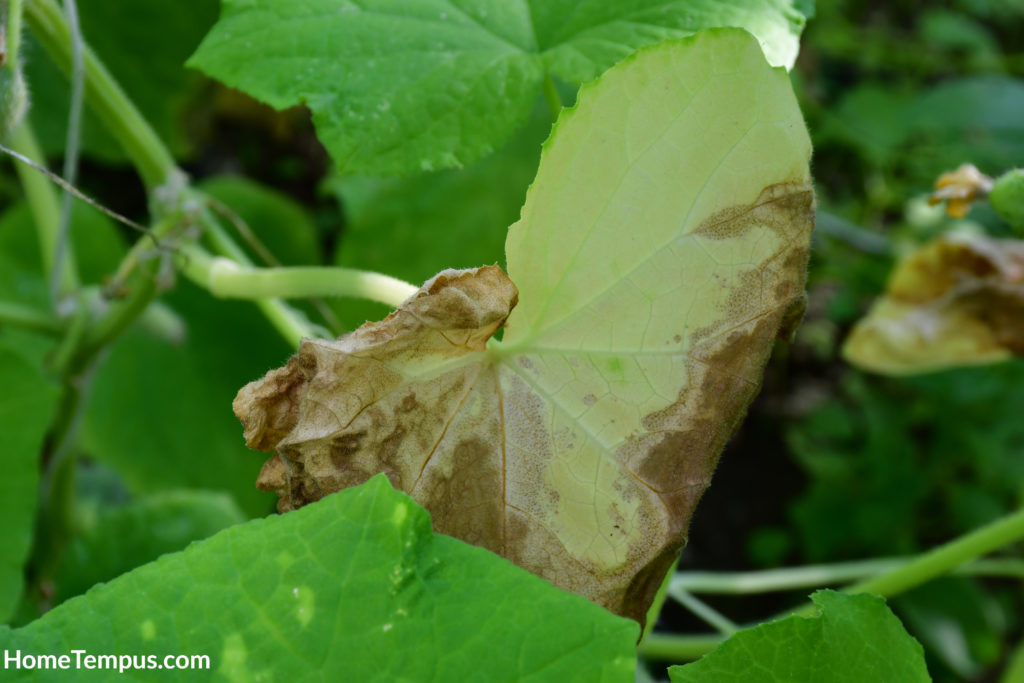
Another reason cucumber leaves turn yellow is a lack of sunlight. Cucumbers absolutely love sunlight and need between six to eight hours of sunlight every day.
Try moving the plant to a different location. If it’s an indoor plant, opt to introduce LED or fluorescent lighting to supplement the lack of sunlight.
Chlorosis
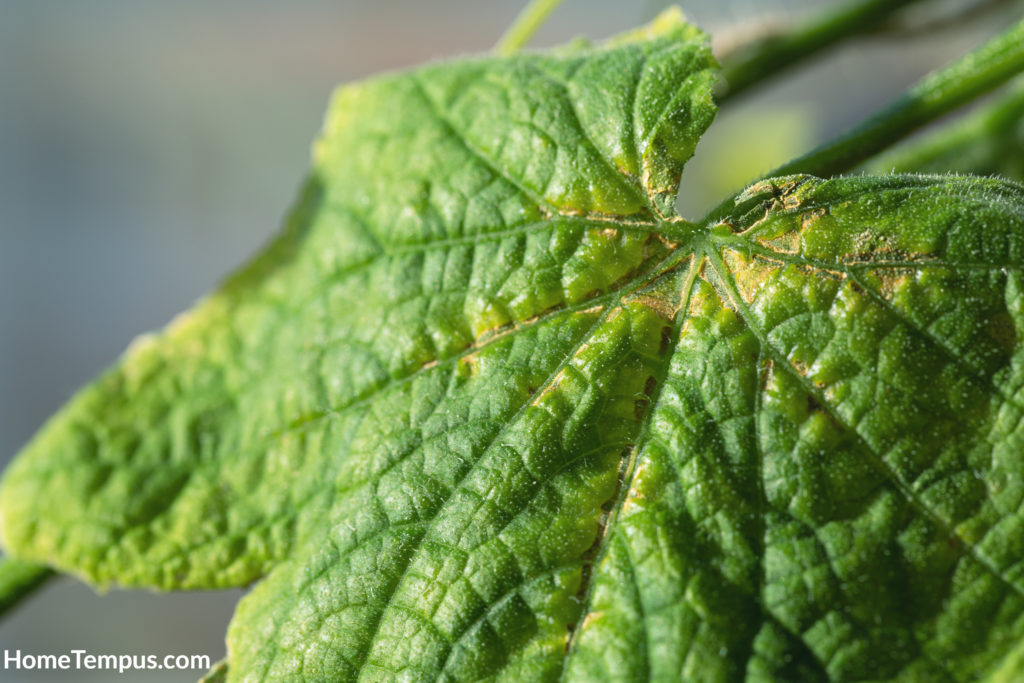
A less common but worthy to note issue that can turn cucumber leaves yellow is chlorosis. The condition results in leaves being unable to make enough chlorophyll which in turn means the plant is unable to convert sunlight into energy to grow; thus, the cucumbers turn yellow as the plant starves.
There are many ways to treat chlorosis, but it depends on what is causing the issue. The most common way to treat it includes soil treatments and spraying plants with micronutrients. Some treatments require injecting plants to treat the problem from the inside. Soil fertilization can also help immensely.
Hydroponic Cucumber Leaves Turning Yellow | Is It Different?
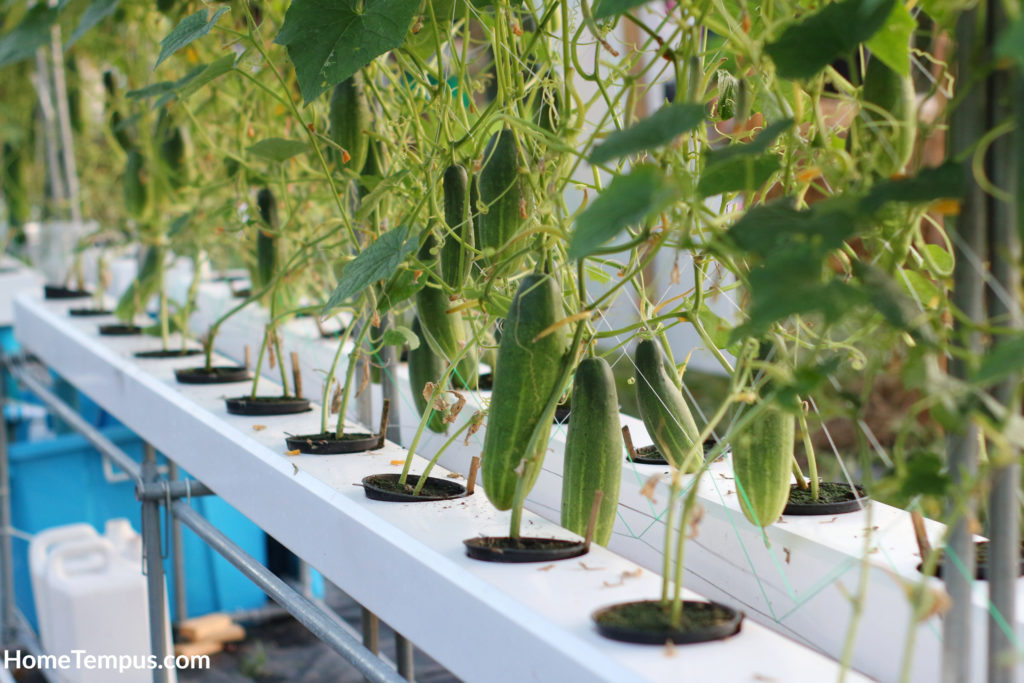
Much like traditionally grown cucumbers, hydroponic cucumber leaves turn yellow for very similar reasons. Both nutritional deficits and pests, specifically two-spotted spider mites, can result in leaves turning yellow.
To rescue your plants, ensure you are using a hydroponic solution that includes a wide range of nutrients to feed your plants. Also, ensure you regularly double-check all your plants for possible infestations and pests and treat them accordingly to avoid them destroying your entire crop.
Important Tips To Avoid Cucumber Leaves Turning Yellow
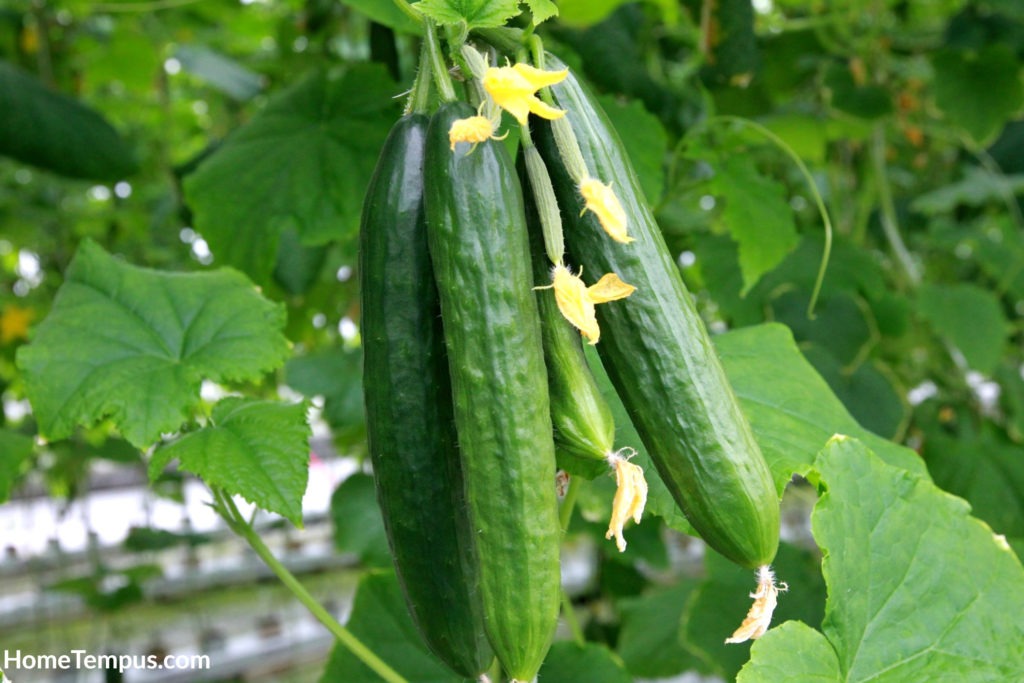
- Plant them in raised beds to reduce the chances of infestation and overwatering.
- Regularly loosen and aerate the sand,
- Use gadgets that measure soil moisture.
- If you can’t afford tools, use your finger to gauge water content; simply stick it two inches into the ground and feel whether it feels moist or dry and water accordingly.
- Invest in good insecticide and fungicide.
- Always use row covers.
- Ladybugs & Lacewings are great protectors for your cucumbers.
- Ensure it gets enough light either in a sunny spot or with supplementary lighting.
Conclusion
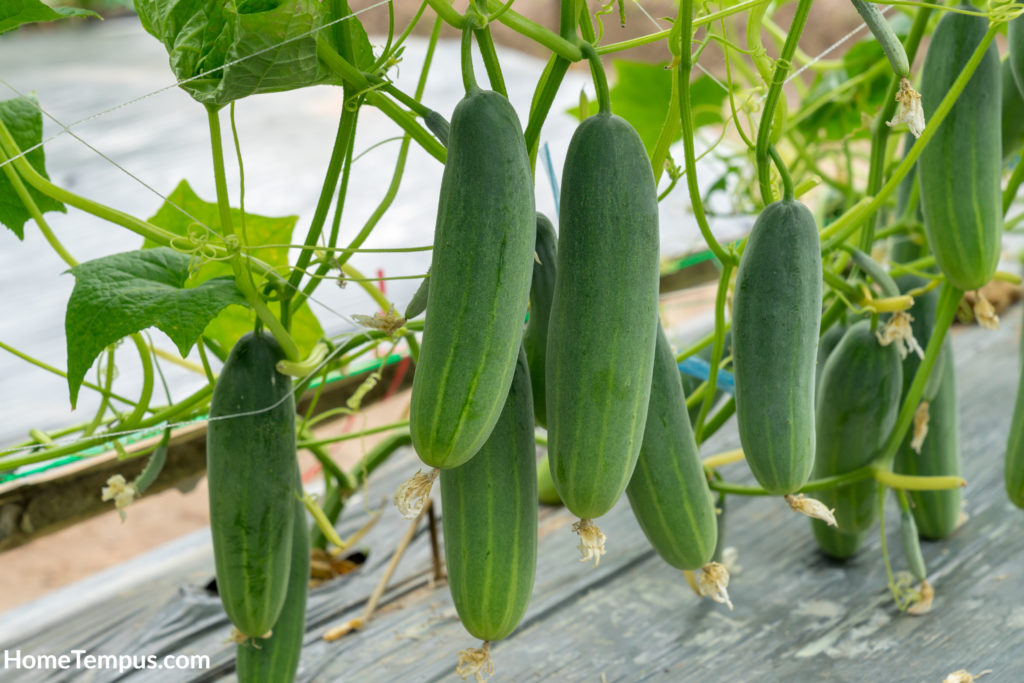
In conclusion, regardless of how you are growing the cucumbers, if the leaves are turning yellow, it’s a sign that something is wrong, but with some love and care, it is easy to save your plants and fix the issue.
If it’s a persisting pest problem, consider reaching out to local garden experts to see if there is an infestation in the area. They will have more specific pointers to stop the critters and save your fresh salad ingredients!

